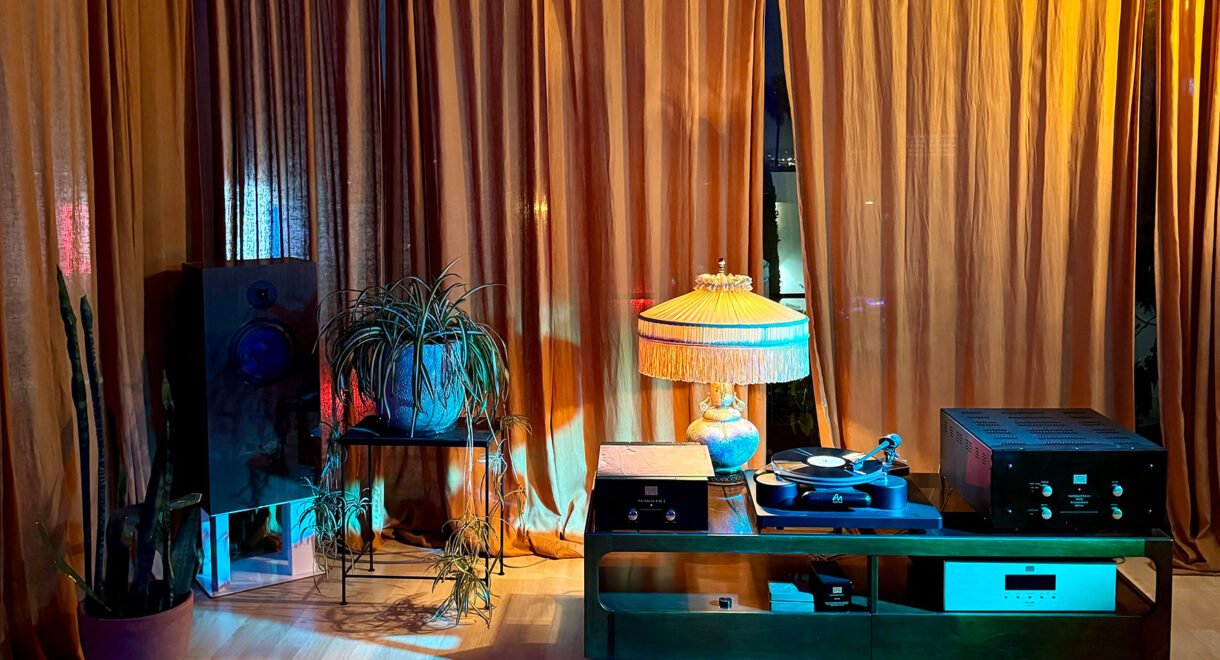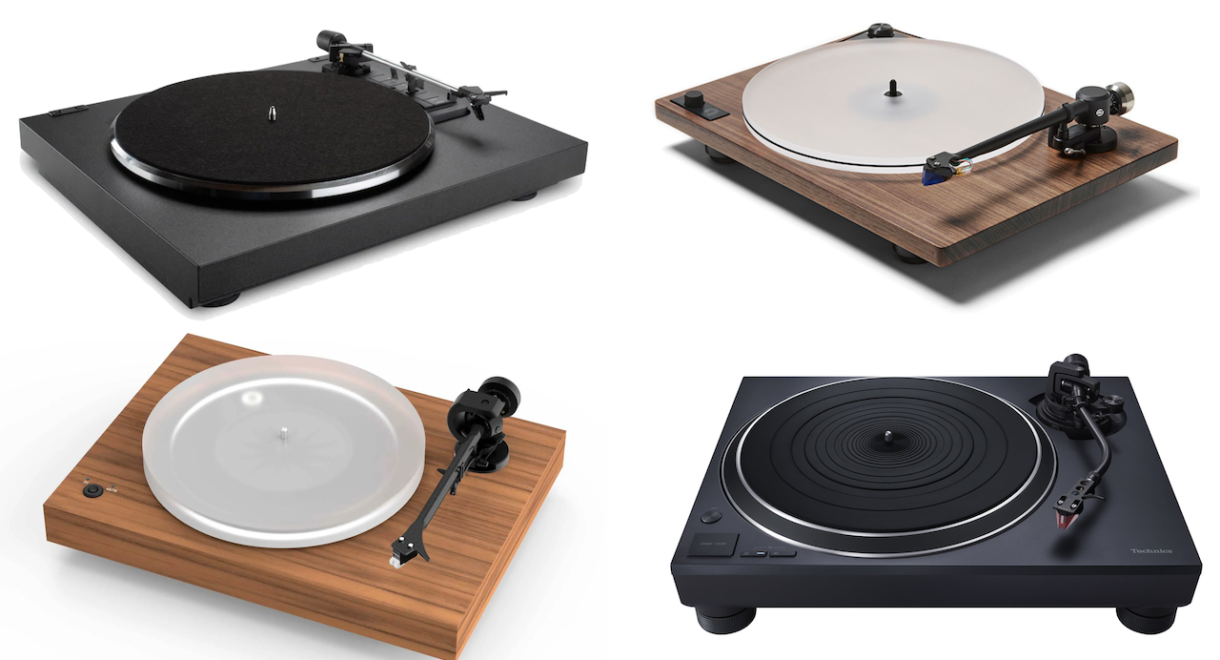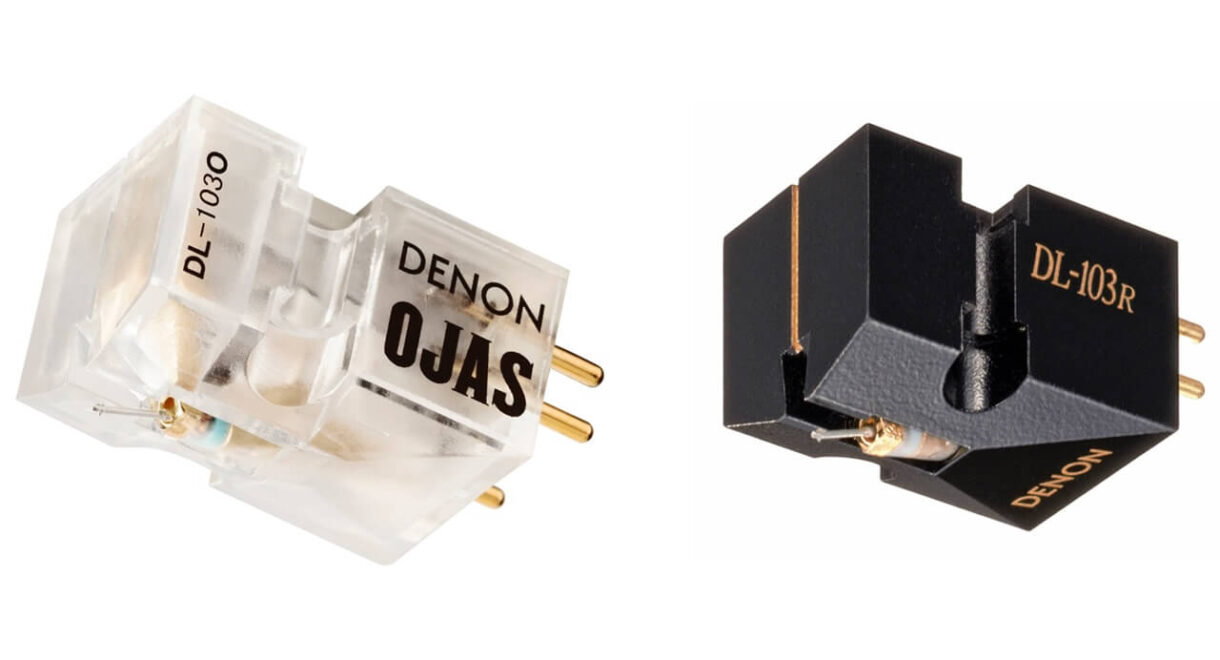Transparent clarity, deep bass, and “Invisible Sound” from German audio company ADS. Background: One of the lesser known hi-fi brands of the ’70s, ADS (Analog and Digital Systems) […]
Intro to Hi-fi Audio: Cartridges Uncovered

Continuing our intro to hi-fi series with a look at one of the most important components of the sound system – the phono cartridge.
When considering the sound performance of your stereo system, the stylus needle, otherwise known as the phono cartridge, is the only part of your audio set-up that will make physical contact with your records. For this reason alone, it’s crucial to consider the cartridge on your turntable the most integral factor in the overall equation of achieving hi-fidelity greatness from your records.
By exploring some of the basic mechanics of these miniature sound emitting devices, we’ll attempt to explain some of the myths and misconceptions about phono cartridges. Hopefully this will give you a better overall understanding of what the remarkable devices actually do. We’ll also compare the two primary types of phono cartridges, moving magnet (MM) and moving coil (MC), and contrast the performance between models.
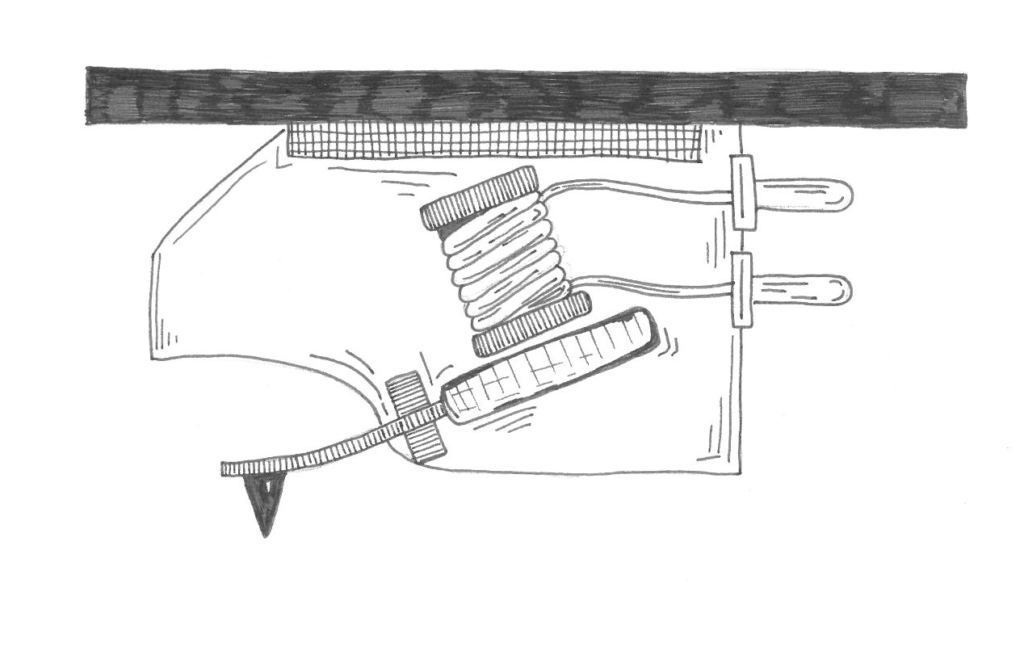
How Phono Cartridges Work
The phono cartridge is a complex electro-mechanical device that sits at the end of the tonearm and holds the stylus in place. It converts the physical movement of the stylus into electrical signals to pass on to the pre-amplifier.
Response range, clarity on musical peaks, tonal balance, stereo separation and imaging, along with freedom from noise and distortion, are all affected by the phono cartridge. As you move up to higher performance models, the diamond shape of the needle attached to the cartridge itself actually changes to afford increased contact area deeper within the grooves. While we are talking about fractions of milligrams here, those smaller details and that information within the grooves are there for the amplifying, so why wouldn’t you try to?
An upgraded stylus can further articulate what you hear and just how incredible a particular pressing of record truly is. Notes bite through with a more pronounced feel. Perhaps even more important, cartridges strongly affect the life of your records. With rarities becoming more and more difficult to replace, it’s an important point to keep in mind.
The Stylus
The stylus or ‘needle’ is the small pointed piece on the end of the cartridge that makes direct contact with your record and tracks the indentations and imprinted ‘sound waves’ in the record’s grooves. Styli are usually made of diamond but sometimes sapphire, with lower quality needles being “diamond-tipped” and higher quality pieces being all diamond (also called ‘nude diamond’).
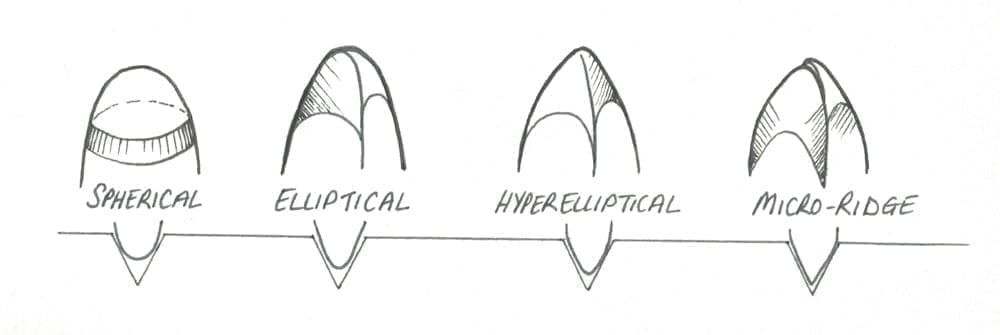
The ideal is having a diamond shaped as closely as possible to the original cutting stylus. In order of quality, expense and ability to pick up detail, styli will usually be shaped as conical (spherical), elliptical, hyperelliptical (fine line), or micro-ridge. Stylus shapes and manufacturing quality vary widely, and can range in price from $15 to more than $30,000.00
MM (Moving Magnet) vs MC (Moving Coil)
There are two main types of phono cartridges, moving-magnet (MM) and moving-coil (MC). These two designs are crafted and constructed differently and their performance can vary dramatically.
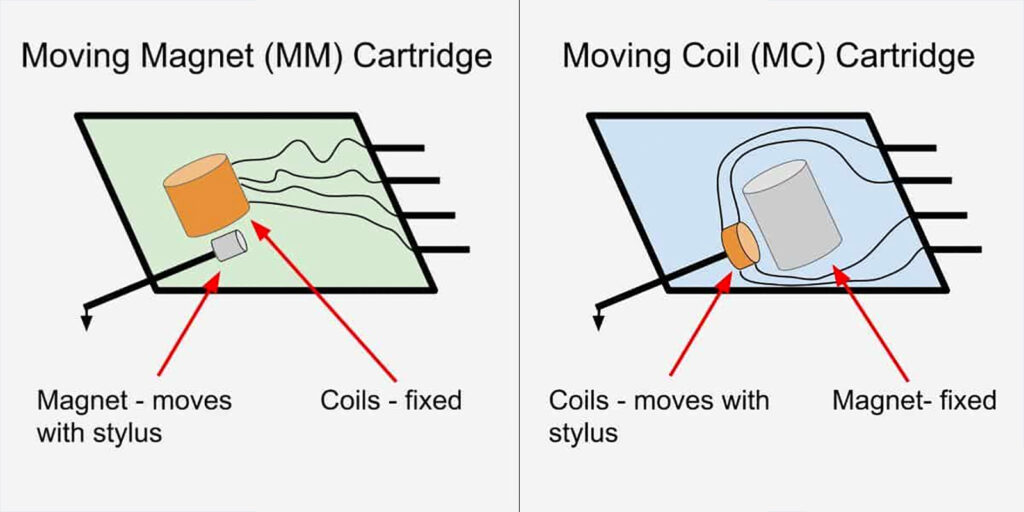
Moving Magnet (MM)
MM cartridges convert vibrations into audio signals by having a magnet attached to the cantilever, which then vibrates in close proximity to a pair of coiled wires. When the tiny magnets positioned between the two coils are activated, they produce a small electrical current. With a MM cartridge, the magnet vibrates and the coils do not.
While the engineering and physics with both types or cartridges are quite technical, the basic deal is that MM cartridges are significantly easier to make but less sensitive and deliver a less accurate signal. There’s a good chance that if you own an entry level turntable you have MM cartridge on your player. The good news is that MM cartridges are more forgiving and versatile and are compatible with more turntables and external phono preamps. MM are also much easier to replace in case of damage.
Moving Coil (MC)
A MC cartridge does the opposite, mechanically, to what an MM does. The coils move and the magnet does not. With an MC, the coil wires are attached to the vibrating cantilever, which then vibrates a fixed magnet. MC cartridges, while far more finicky, are the ‘go to’ choice for listeners willing to stop at nothing in the pursuit of the best playback quality. Moving coils deliver an accuracy the MM cartridges simply cannot.
These devices are painstakingly built by hand and rarely, if ever, mass produced. This precision handcrafting requires a skilled technician, using a microscope, to wind a precise number of coils. Every cartridge is then run through a gamut of performance tests before it leaves the factory. All this significantly drives up the manufacturing cost. But if you have audiophile aspirations and are looking for the best sound possible from your turntable, a MC Cartridge is for you.
Hi Output vs Low Output
A high output MC cartridge achieves its increased output by including more turns of wire in the coil, and with more turns you’ll get more voltage. The cartridge uses more wire attached to the cantilever as a way to increase inertia. For superior performance, you need to properly track the high frequencies, which change the direction of the needle thousands of times per second. You might also need a more sensitive phono preamp to fully tap the potential. Predictably, all of this is more expensive. But it gives you the absolute best performance.
Still, in most cases, lower output MM cartridges are more favorable as they require fewer turns of wire and are generally considered to give a more consistent sound quality. They’re also likely to be cheaper and easier to work with.
Conclusion
Let’s repeat this for emphasis: The performance potential of your turntable is most defined by the capabilities of the phono cartridge. Response range, tonal balance, clarity on musical peaks, stereo separation and imaging, and freedom from noise and distortion — all are affected by these diminutive devices. Cartridges fitted to most common turntables should serve you well in general, but if you’re looking for a quick way to upgrade your vinyl listening experience, upgrading your phone cartridge is a great place to start.
Below we’ve included a list of cartridges that we recommend across all price levels.

Ortofon 2M Blue – (MM) $225
A definite step up from the Ortofon 2M Red in terms of its sound sensitivity. Adds more dynamics and resolution and has a more “open” sound. It’s also a great value for the money.
Denon DL-103 (MC) Cartridge $299
Denon’s basic 103 is excellent value and possibly the best cartridge you can get at this price point. Sounding very smooth and musical, it delivers a classic “old fashioned” sound (in the best way).
MoFi Electronics – UltraTracker (MM) $499
This high-output MM uses the same layout as the cutting head responsible for making the grooves on MoFi records. The physical configuration is hand built in Japan and extracts immense amount of detail, dynamics, tone and texture from LP’s.
Grado Sonata 2 Low Output (MC) $600
A wood chassis cartridge with optimized mass distribution designed for improved audio stability and imaging. For the discriminating listener.
Clear Audio Artist V2 Ebony (MM) $650
A high output cartridge with a ton of dynamic range and a super balanced response.
HANA- SL Shibata Cartridge – Low Output (MC) $750.00
A brilliant and gorgeous sounding Japanese cartridge. The Hana brand is known for its supreme transparency and excellent trackability.
Nagaoka MP-500 (MM) $950
Another Japanese-made favorite. One of Stereophile’s “editor’s top picks,” the Nagaoka MP-500 offers the highest musical and creative expression of the brand’s new MP series. It expertly extracts and reproduces with vivid, colorful and dimensional clarity what others miss.
EMT TSD 15 (MC) ~ $1500
The cornerstone of the celebrated German EMT line, the TSD 15 has been used in recording studios and radio stations throughout Europe for over 50 years. The TSD 15 delivers with robustness and equal parts finesse and resolution coupled to excellent dynamics, a truly fast delivery of the notes and a ‘live’ character.
Soundsmith – The Voice Ebony MI (Moving Iron) – High Output $3000
A high-output moving coil cartridge, the Voice Ebony from Soundsmith is faster, smoother and more sonically enhanced than almost anything out there. Recognized industry-wide, it’s won numerous hi-fi product-of-the-year trophies for this unparalleled sound performance.






